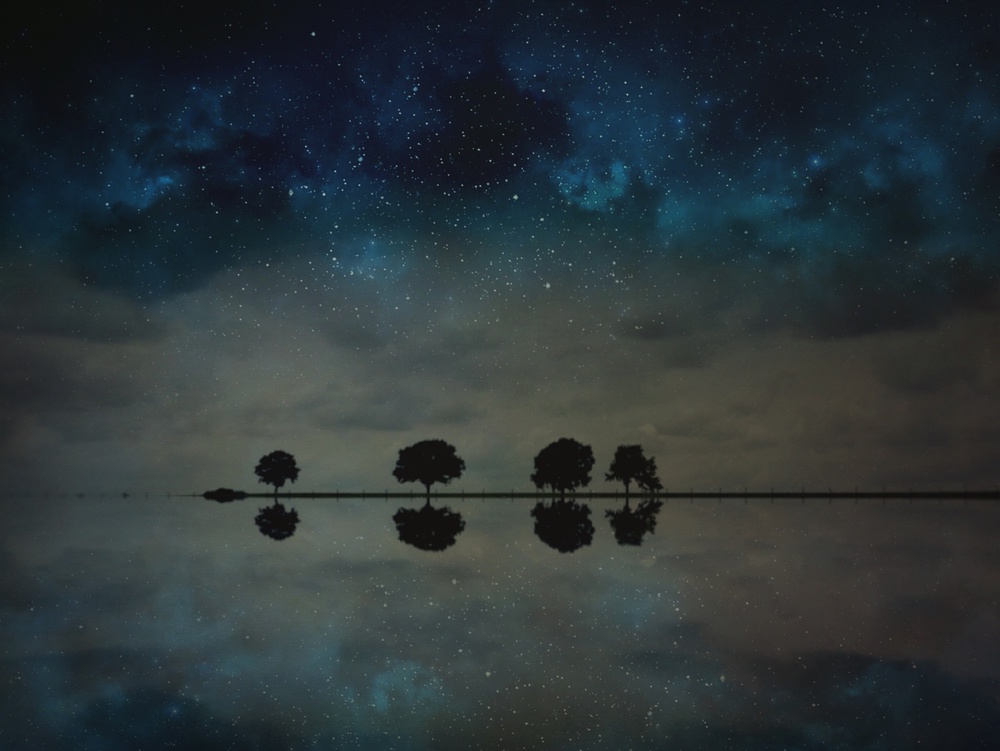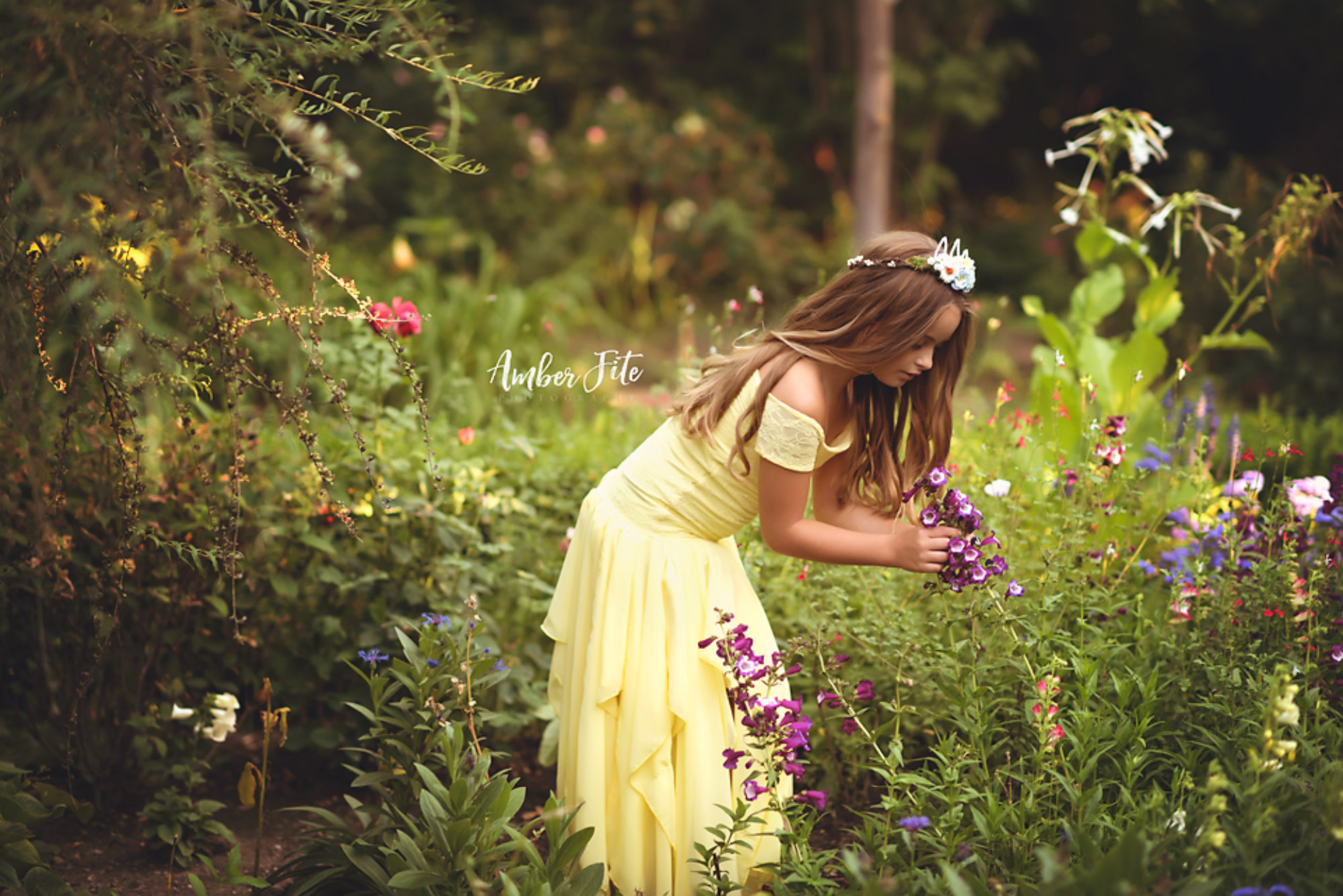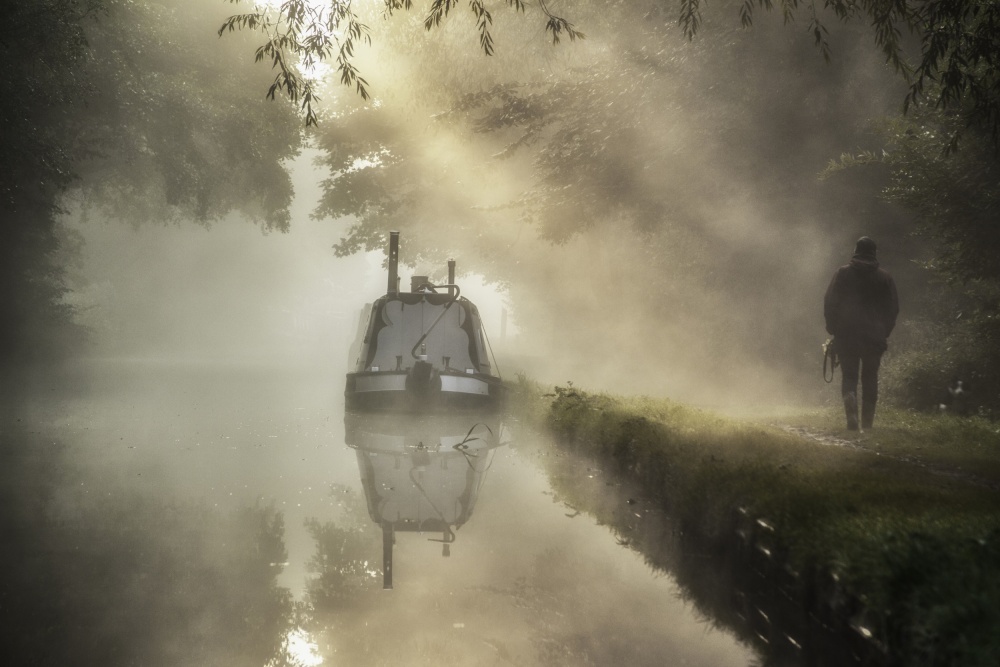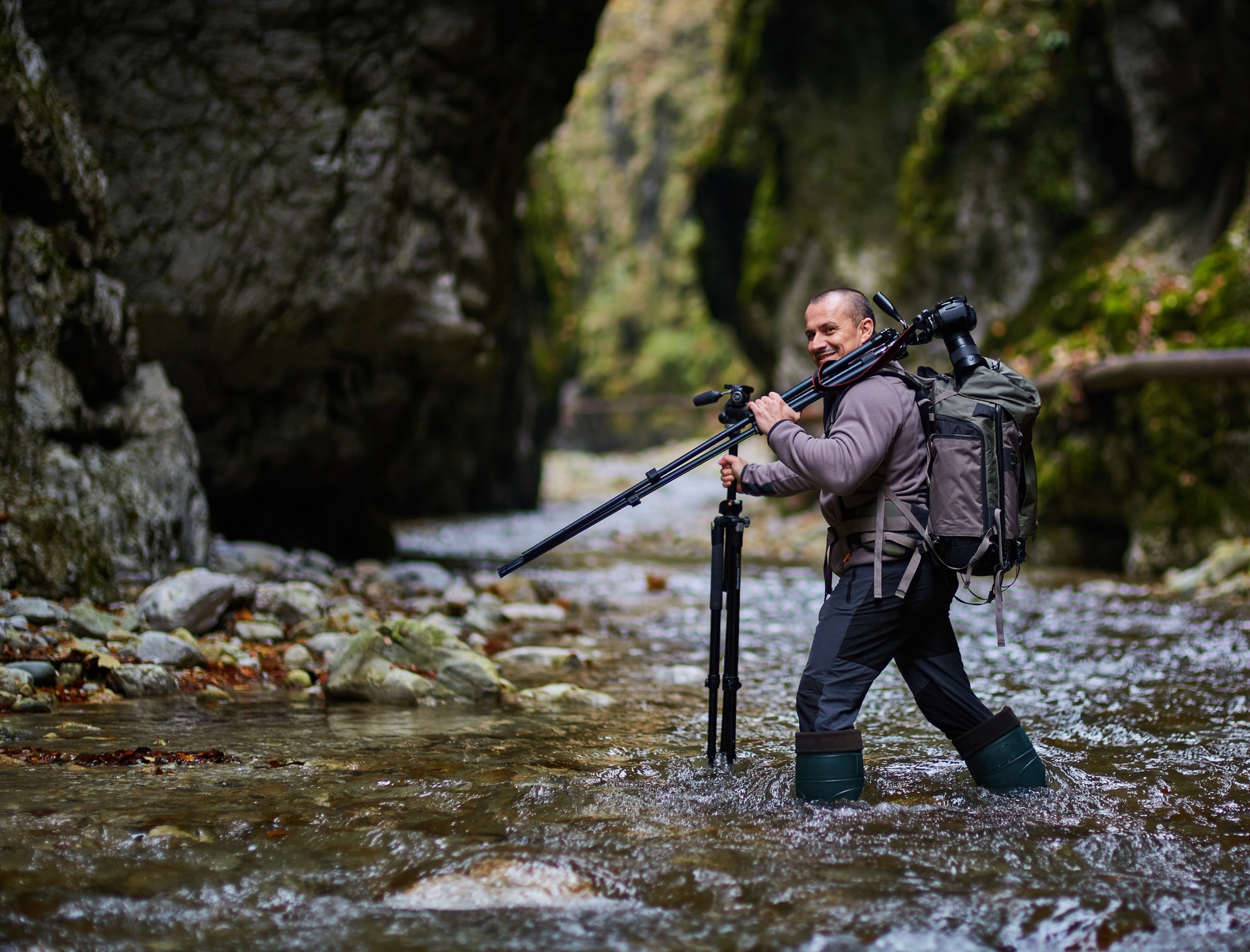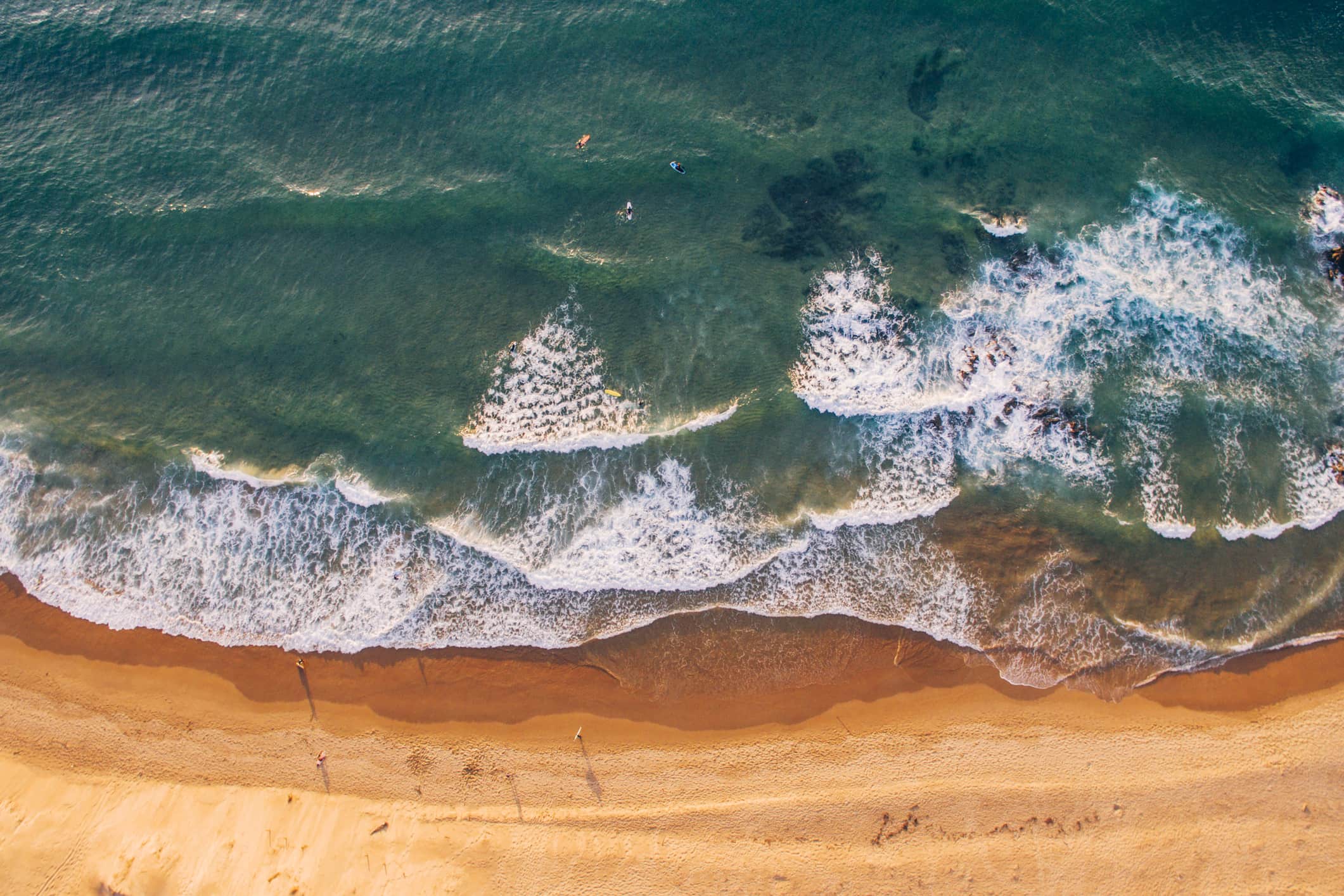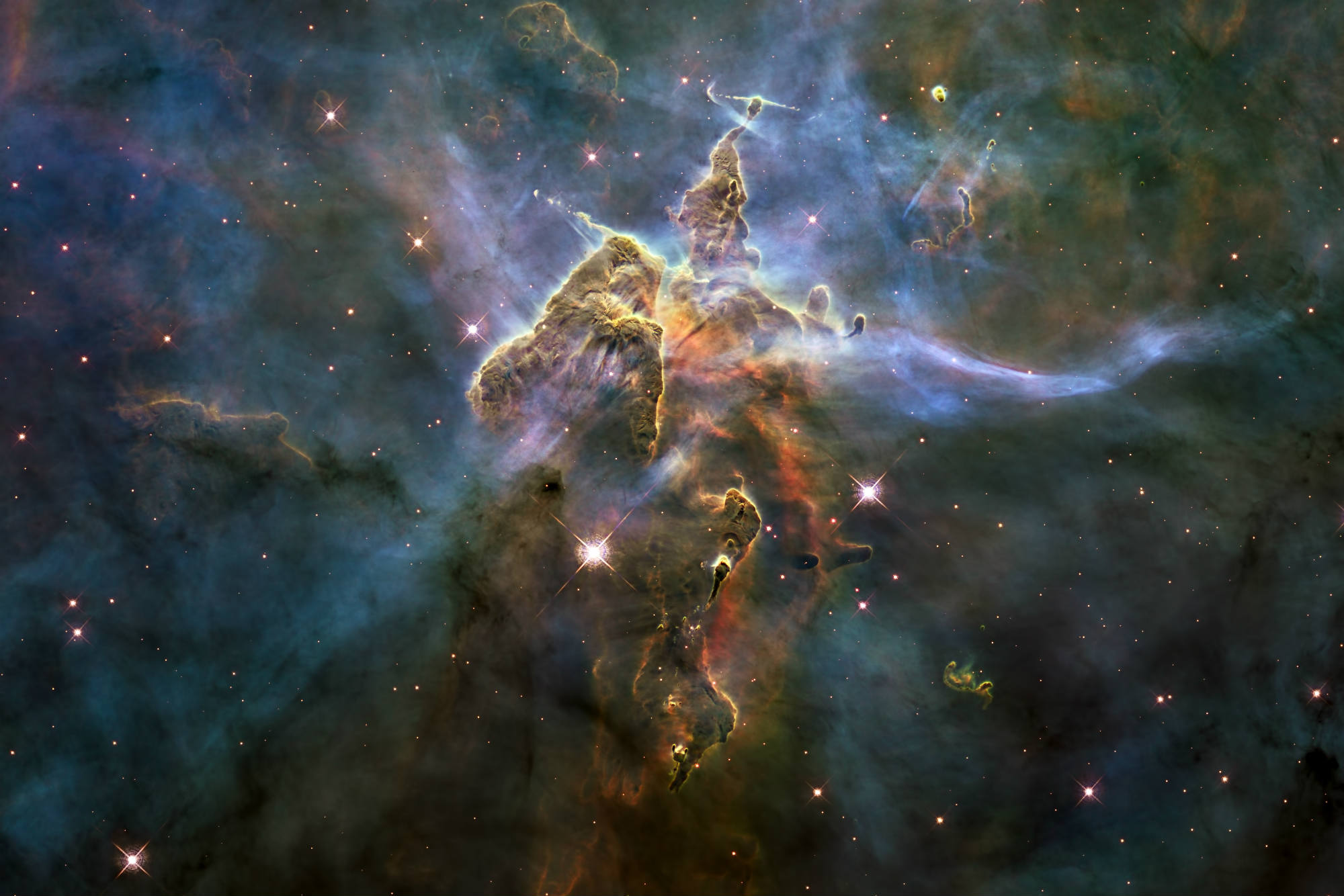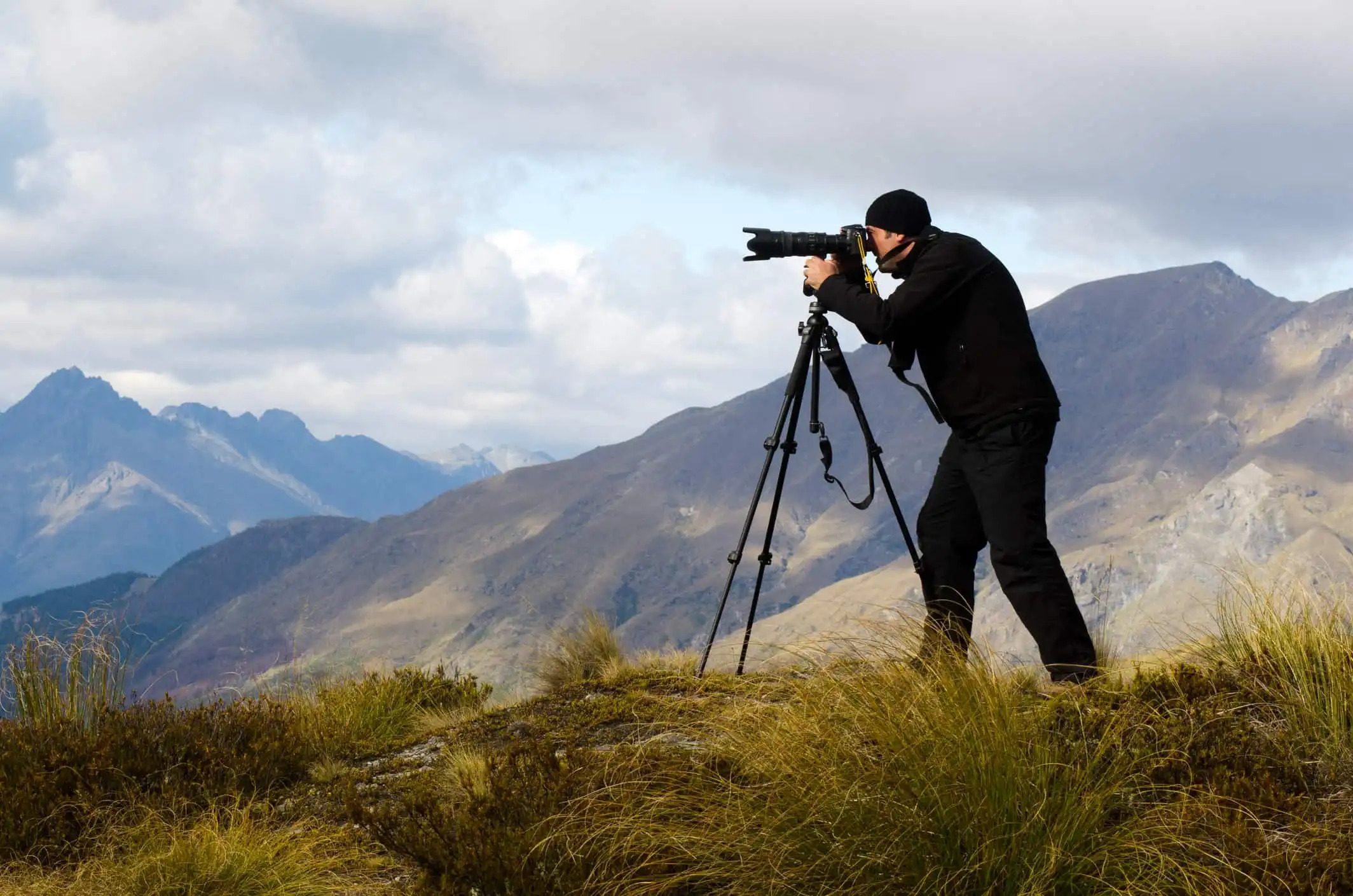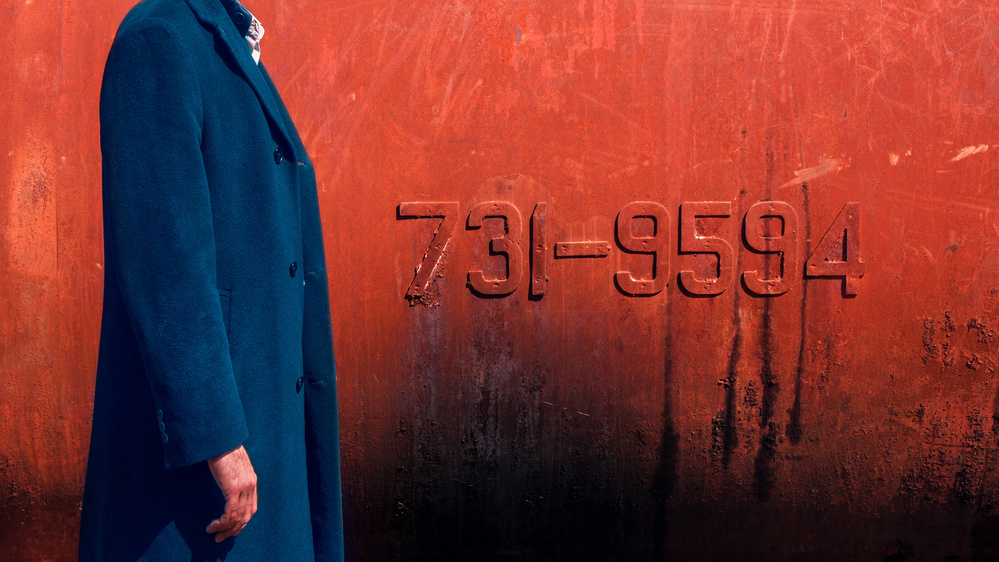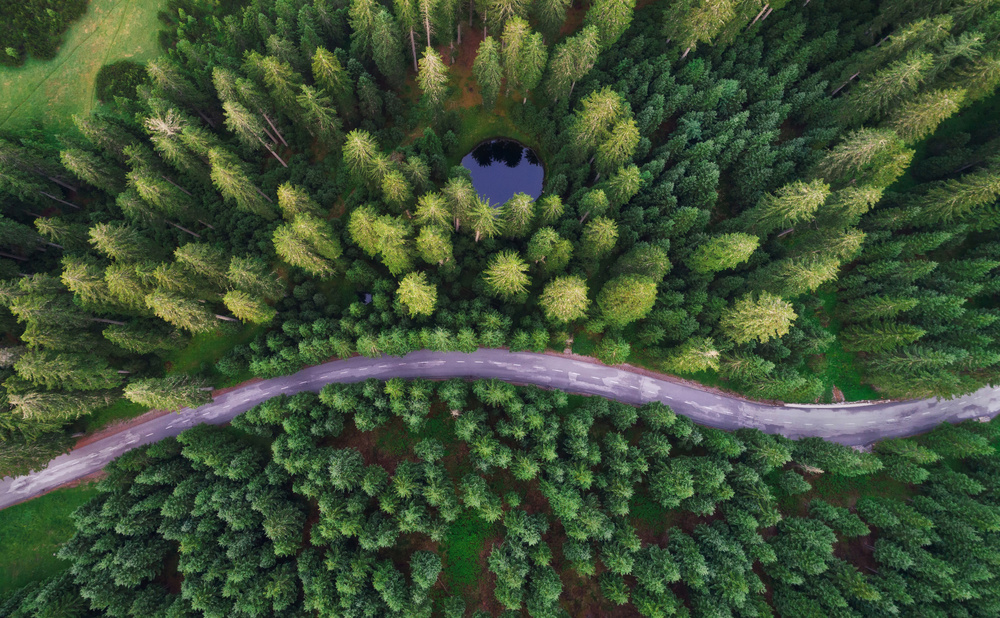Tips & Tricks
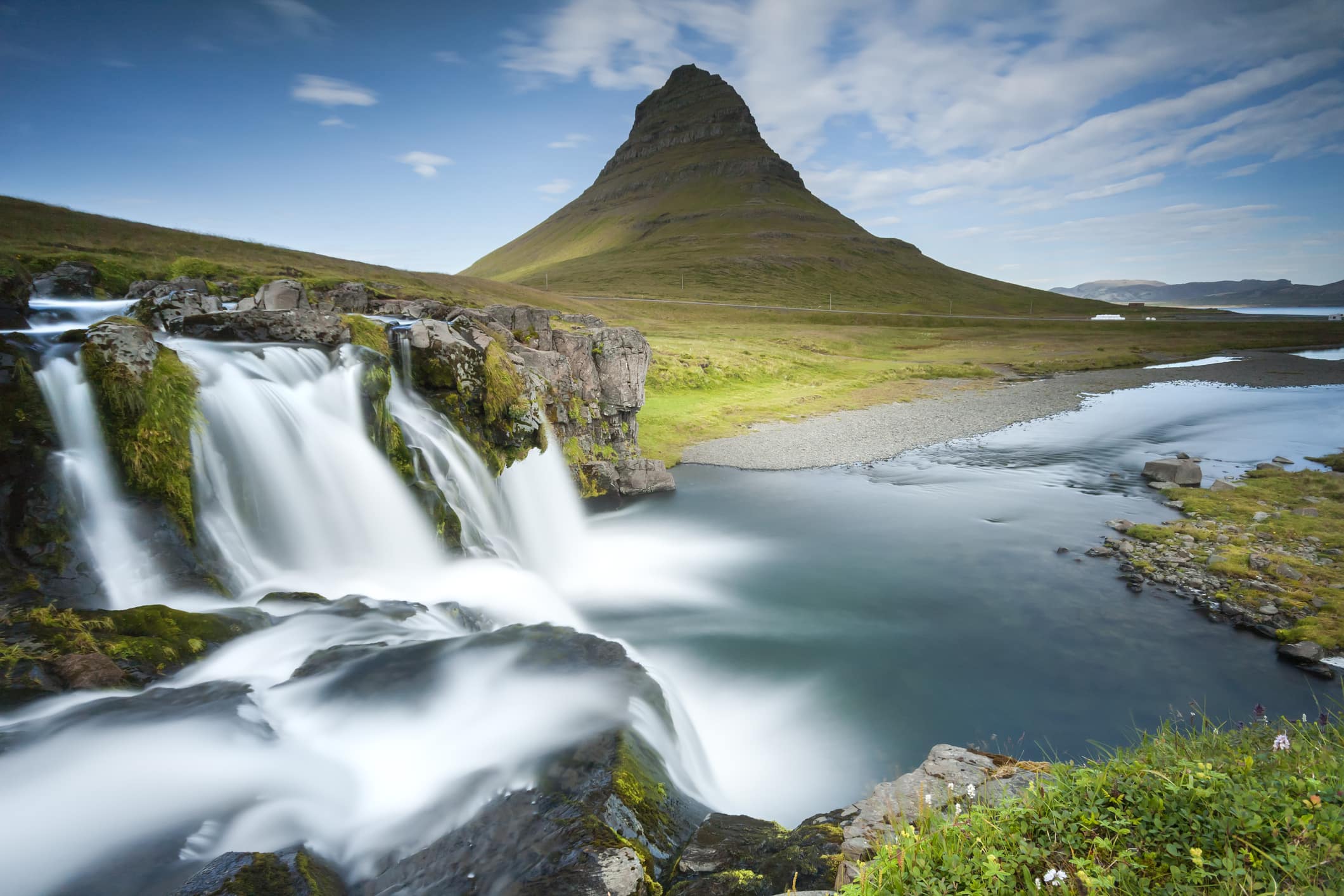
Your Guide to Neutral Density Filters
Photography Talk
If you've never used neutral density filters before, you're missing out.
In fact, along with a polarizing filter and a couple of graduated neutral density filters, neutral density filters are must-haves for any landscape photographer.
The two primary benefits of neutral density filters is that they allow you to control the light entering your lens and as a result of that, you can also have more control over your shutter speed.
With that in mind, let's explore what neutral density filters do in more detail.
Editor's Note: To explore these concepts, we'll be using Formatt-Hitech neutral density filters as examples. Formatt-Hitech has a reputation for making some of the best ND filters on the market, with true neutral colors for beautiful results. You can explore their complete line of filters by visiting their website.
What the Heck is a Neutral Density Filter, Anyway?
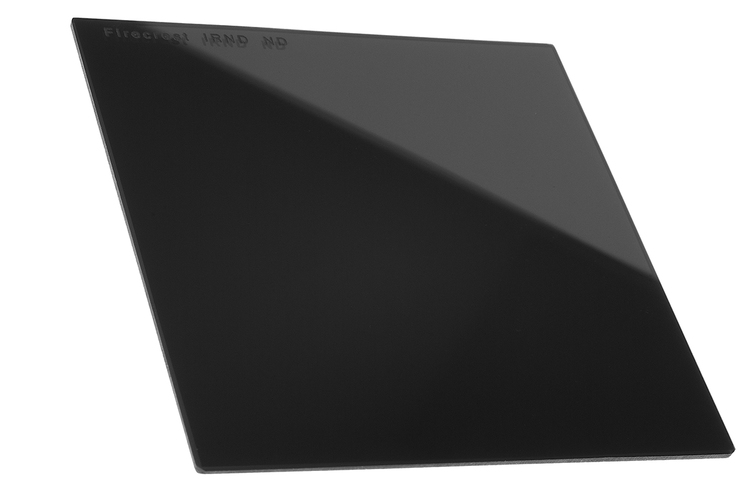
As I noted above, a neutral density filter's purpose is to limit how much light enters your camera's lens.
Neutral density filters are measured in terms of their strength. Their strength indicates how much light that the filter blocks out.
A 0.3 or ND2 filter has one stop of strength. A 0.6 or ND4 filter has two stops of strength, a 0.9 or ND8 filter has three stops of strength, and so on.
The higher the number, the greater the light-stopping power. The 16-stop ND filter shown above, for example, is extremely dark.
Filter Sizes and Shapes
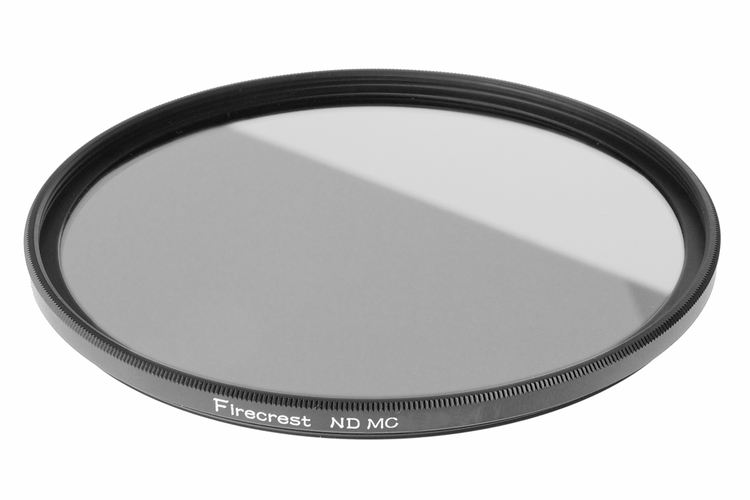
ND filters come in various sizes, which are meant to accommodate different sizes of lens.
Naturally, the larger the lens you use, the bigger the filter you'll need to cover the lens glass.
This is especially important if you opt for a circular ND filter, as it will screw onto the threads on the end of your lens. When shopping for a circular ND, you need to ensure you get the precise size of filter to fit the lens.
There are also rectangular ND filters available. These filters slide into a filter holder that mounts to the lens.
Learn More:
What are ND Filters Used For?

The whole point of using an ND filter is to have greater control over the shutter speed.
Specifically, by using an ND filter, you can use a much longer shutter speed than what would normally be possible, allowing you to introduce movement into your images.
For example, in a typical landscape photography situation, you might use a shutter speed of around 1/125 seconds, assuming that you're shooting during the daylight hours.
At that speed, any movement in the shot will be frozen in time. Sometimes, though, you might want to slow the shutter down to get blurry effects in the clouds or water.

By adding an ND filter in front of your camera's lens, you are able to block out light to achieve the longer shutter speeds needed for that blurry effect seen in the image above.
These long exposures can add a dramatic and dynamic effect to your images, and the longer the exposure the more dramatic the effect can be.
Depending upon the speed of the moving feature in the landscape, you might only need a couple of seconds to get a nice blur. In those situations, a two-stop or three-stop filter might suffice.
In other situations in which you want significant blur, you might need a six-stop, a 10-stop or even a 16-stop filter to get the look you want.
Learn More:
Not All ND Filters are Alike

Just like different ND filters have different effects on the images you take, different brands of ND filters produce different quality images.
If you buy a cheap, bargain-basement filter, you'll end up disappointed with images that might have color casts or other aberrations due to the poor quality of the filter.
That's why we recommend you work with ND filters that are known for quality, like those from Formatt-Hitech.
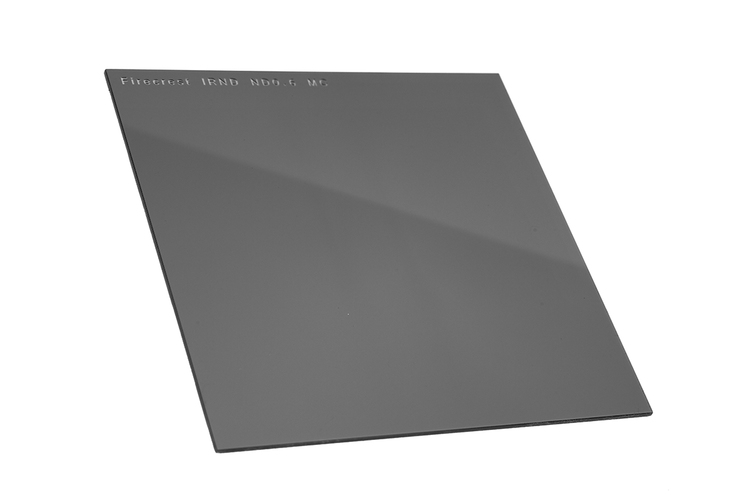
Their Firecrest line of ND filters are second-to-none.
Unlike other companies that use dyed resin to make their filters, Formatt-Hitech uses a rare earth metal coating that results in a hyper-neutral ND filter.
Made of Schott Superwite glass, these filters are strong, durable, and have a multicoating that's bonded in the middle to improve the filter's resistance to scratches.
These filters are neutral across all spectrums of light, too, including visible light, UV light, and infrared.
In other words, if you want the best results, you need to get the best filters.
You wouldn't buy a cheap lens and expect to get the sharpest, clearest results. So why would you buy a cheap filter and expect to get something top-notch?!

